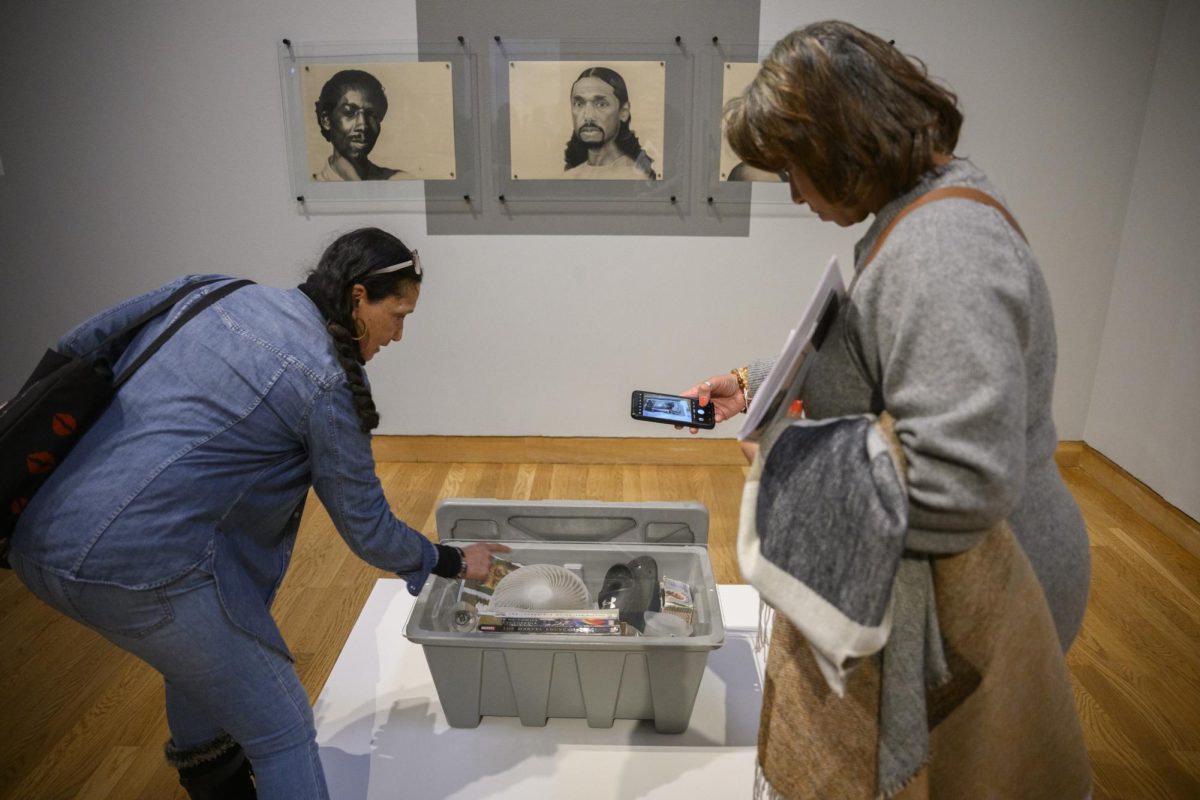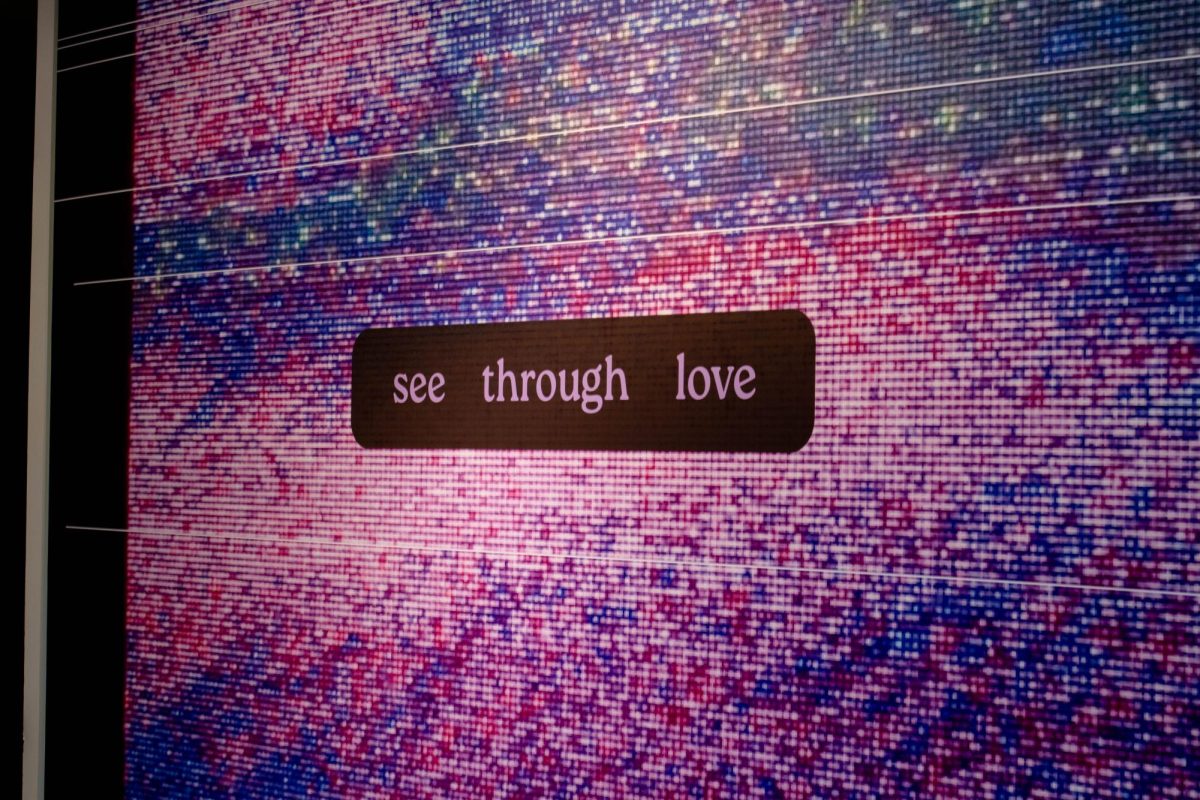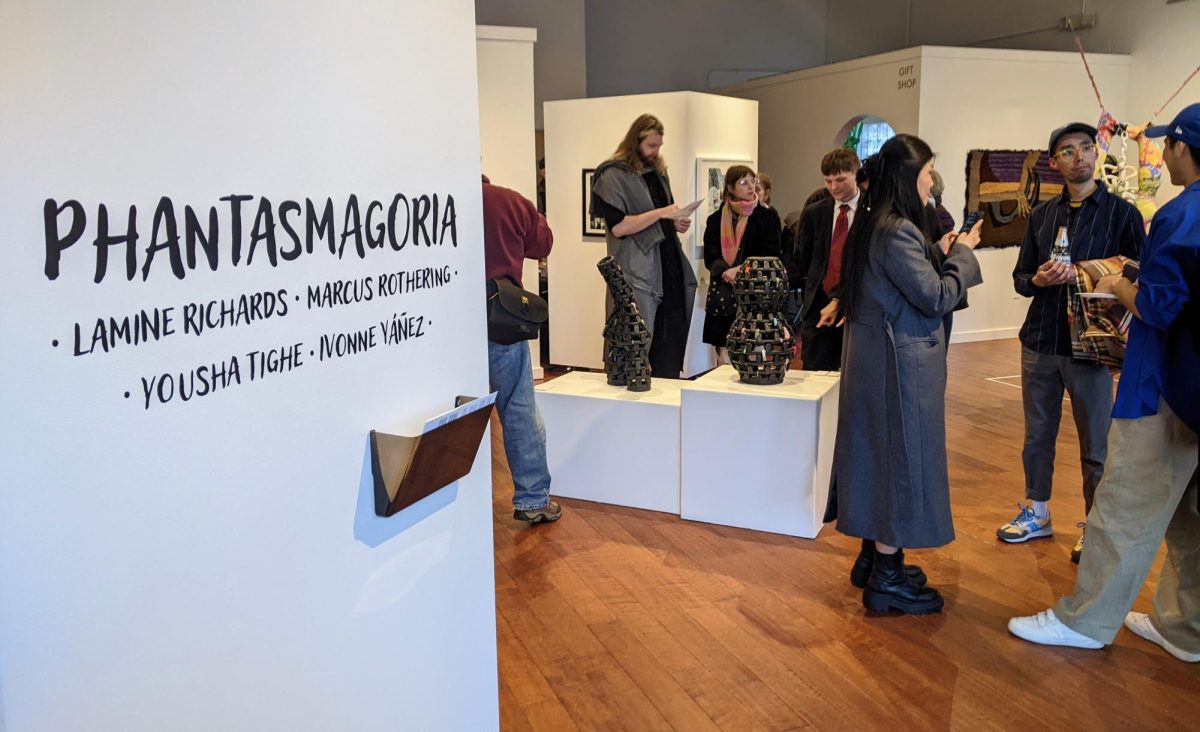Throughout history, precise renderings of foliage have served about as many purposes as the plants themselves. Botanical art, located at the intersection of art and science, has a way of conveying rich tales of people and their environments.
These kinds of botanical stories dominate the personal history of Marilyn Garber, founder of the Minnesota School of Botanical Art. As a child, her playground was a prairie-flowered hill in Emmetsburg, Iowa. As an adult, she followed her nose to Panama, where she recorded plants on the land of the Kuna people.
Garber’s school was successful from its start in 2001. As a charter member and past president of the American Society of Botanical Artists whose work is shown all over the world, she has a wealth of experience behind her.
The school quickly outgrew its original home in the Bakken Museum, and its desks and framed watercolors now live in the sun-splashed ground floor of the historic Longfellow House near Minnehaha Falls.
In fall 2010, Garber’s advanced students and fellow teachers embarked on a huge project: creating a florilegium of the Eloise Butler Wildflower Garden.
“A florilegium is a group of drawings or illustrations of plants that grow in a particular place, so it’s documenting,” Garber said.
This is an old practice that can be traced back to 15th century European explorers who brought artists along with them on their journeys to document plants of the world.
The practice is experiencing something of a renaissance — the Brooklyn Botanic Garden and the Filoli Florilegium in Woodside, Calif., both started their florilegia in 2000. The Eloise Butler is the third contemporary American florilegium in line. Climate change has a lot to do with this trend.
“Things are marching north in Minnesota because it’s getting warmer. It is an important time to document these things,” Garber said.
Of the 450-plus kinds of plants that are growing at Eloise Butler Wildflower Garden, Garber and her students aim to record 130 unique varieties.
“And 130 is a lot of paintings,” she said.
The process will take eight to 10 years because it takes a while to catch a plant at its different growing seasons.
“You’re working with Mother Nature,” Garber said. “You have to catch it when it’s in flower or in fruit, and then you have to have time to paint it.”
This June, the first paintings in the florilegium will be exhibited at the Longfellow House.
For Garber, the everyday practice of teaching pupils how to paint realistically is a reward all its own — but working on projects like the florilegium gives her work an even grander purpose.
“Five hundred years from now, people will be able to look back and know what was here — at least that’s the plan.”
Field note: If you’re looking to see some botanical art this weekend, you’re in luck. Tonight is the opening shindig for “Drawn From Nature,” an exhibit of botanical artworks at the Bakken Museum (3537 S. Zenith Ave., Minneapolis). The works were made by students and teachers at the Minnesota School of Botanical Art. The opening starts at 6 p.m. and ends at 9 p.m. There will be light refreshments and live string music. It’s not your last chance to see the show, though — the art will be on display until September 21.














